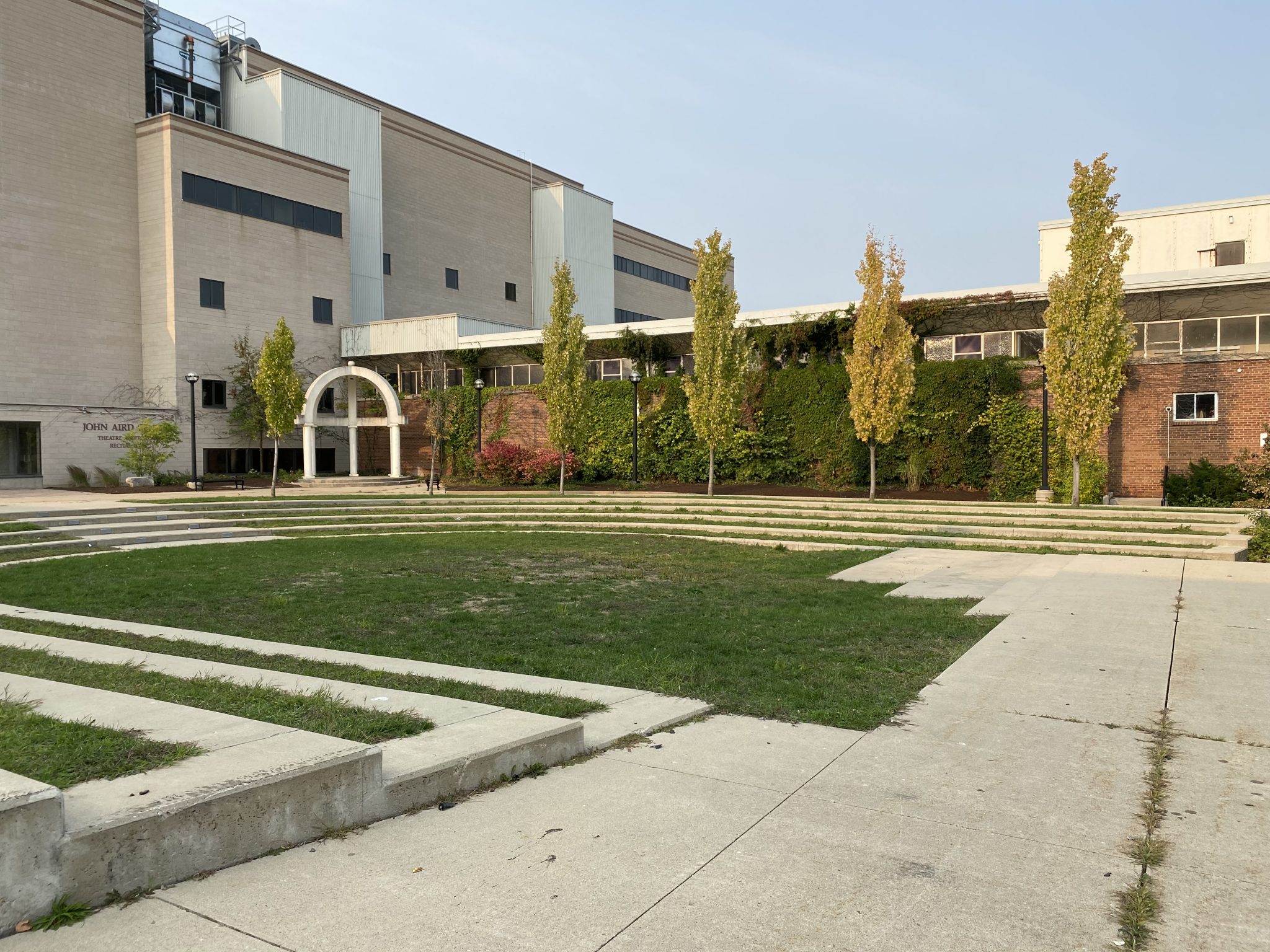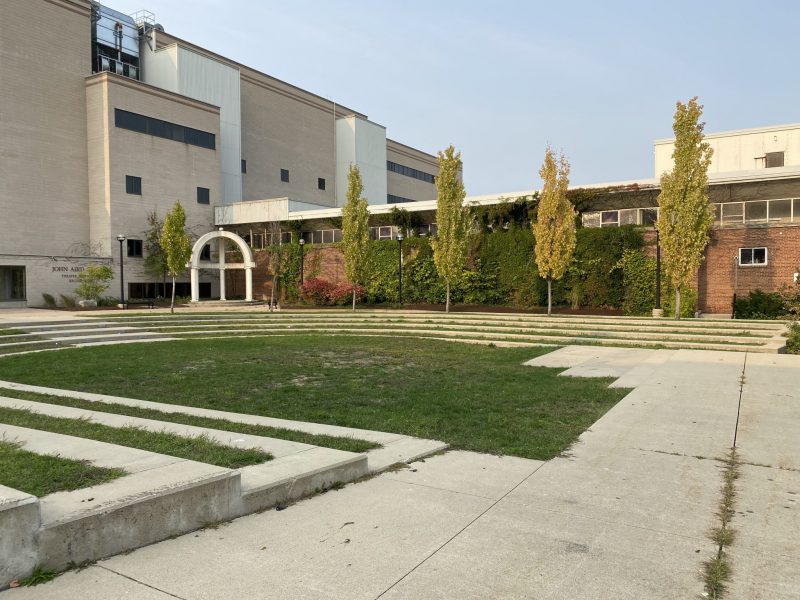Why kids are going back to school but university students aren’t


Primary and secondary schools are opening across Canada, yet many post-secondary institutions, including Laurier, aren’t. For a while, I couldn’t see the reasoning behind allowing kids to go to school during a pandemic and prohibiting what the majority consider adults.
Are kids more responsible than adults in preventing the spread of COVID-19? What makes university students a threat more than children in school?
After some research, I’ve found the reasoning behind these decisions and some answers to my questions.
First, it’s important to note that primary and secondary schools only have a fraction of the number of students that universities have. So whatever measures the schools would have to take to limit the spread of COVID-19 is going to be considerably easier in a 30-student classroom than a 200-student classroom.
As of 2019, Laurier has 18,468 undergraduate students, 2,170 graduate students and 505 staff and faculty. Altogether, that’s 21,143 people to enforce sanitary standards, social distancing rules and other preventive measures on.
Secondly, in most cases, Canadian universities are observing and learning from our American neighbours’ mistakes. Most of America’s post-secondary institutions opened months earlier than in Canada.
With that being said, administrators have been keeping a wary eye on the deteriorating situation south of the border. All universities that have opened in the United States have been experiencing hundreds of new cases within their first two weeks.
Given that there have been at least 26,000 cases of COVID-19 at more than 750 American universities since the start of the fall term, university closure is a smart decision. In fact, most American universities have even started to shift back to virtual classes.
Thirdly, with the prediction of entering the second-wave of COVID-19 as the weather gets colder, things will get more threatening. Hence why university closures are a good thing since they not only limit interaction between students, professors and faculty but also reduce the chances of a more dangerous second-wave.
Even after these reasons, a month before the start of the fall term, the Government of Canada has published a document to help guide the reopening of postsecondary schools during this pandemic.
Despite this document, many Canadian universities didn’t open because there are far more complex factors and critical thinking playing into this decision.
One of the most important factors is international students. There are many international students who went home in March that aren’t able to move back to attend in-class lectures since most airports are still closed.
In addition, even if the airports were open, travel is limited to citizens. This major problem doesn’t exist for primary and secondary school students since their students are confined to the residential area around their school.
Altogether, these factors contributed to why universities moved their classes online for both the fall and winter terms. However, what still doesn’t make any sense to me is the reopening of university residences.
Although I believe that neither primary, secondary or post-secondary schools should be open since all will most likely be shutting down due to the imminent second wave, I trust that all Hawks will stay golden and do their part to prevent the spread of COVID-19 and protect the most vulnerable in our communities.


